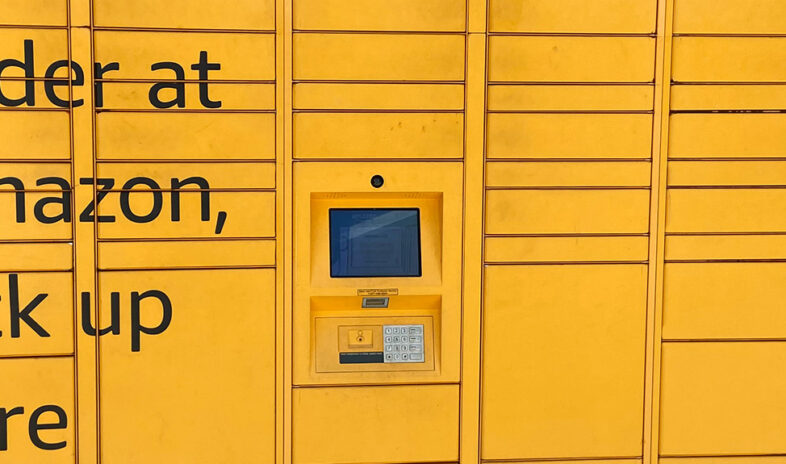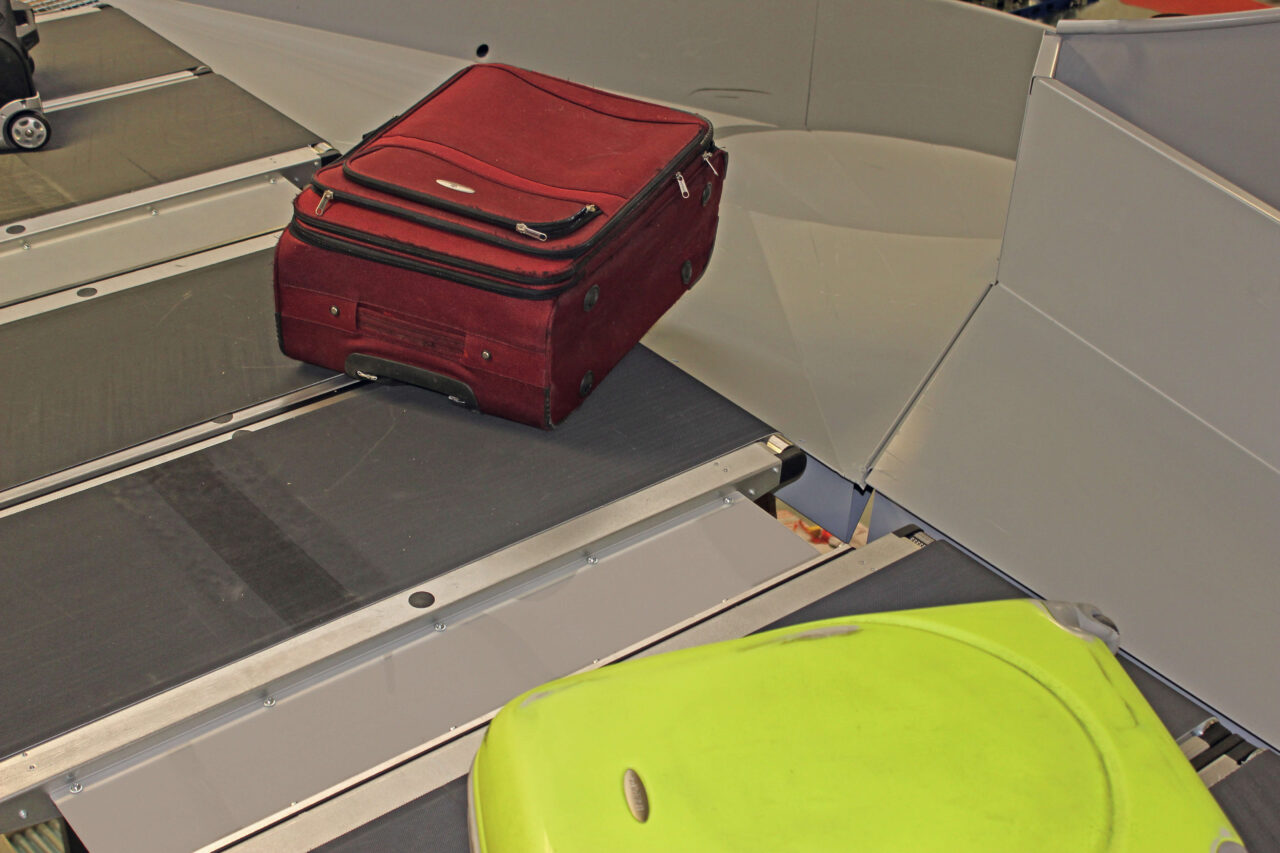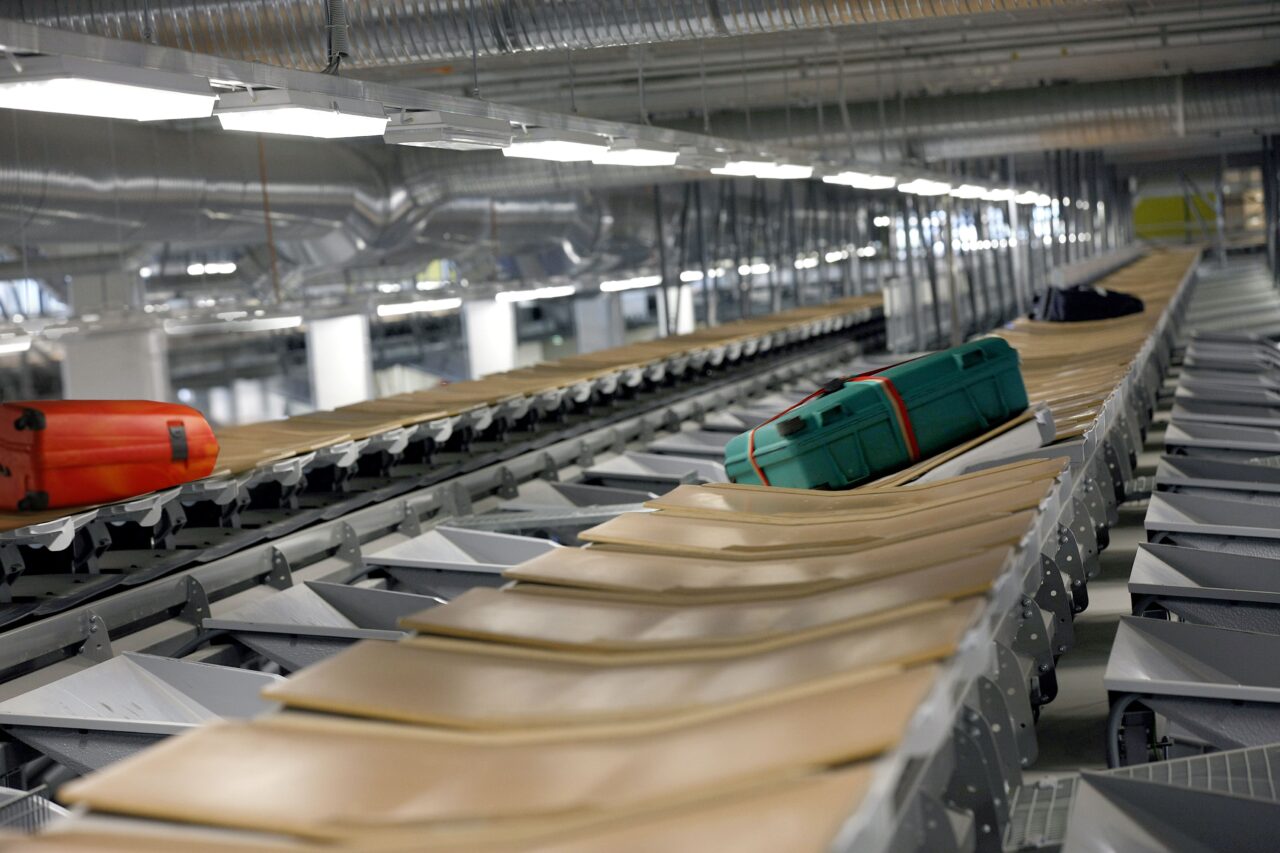How cross-belt systems slow down the baggage
Many airports opt for a standard ICS belt option, but is this the best choice? The cross-belt system, for example, places the bag onto a completely flat, un-enclosed conveyor, which means there are no borders to stop it falling off.
This is a problem for soft round bags that can potentially roll, or top-heavy bags that can easily fall and tumble. Additionally, bags with big handles pose a risk they might get snagged on a corner.
When a bag falls off, or is even held back for 1-2 seconds, it loses its virtual window, along with crucial data, and it does not perform as anticipated – which is a problem, as 100 percent tracking is vital to the whole system functioning.
The bag might first recirculate around the loop, and then manual intervention is normally required, which involves re-identification and a revisit to security. This is time-consuming, costly and reduces capacity.
ICS tote options tend to be more reliable
Placing the bag in an enclosed area eradicates all of the problems encountered on a cross-belt system. It could be a tray (tote) or an individual carrier, and borders and/or a more concave setting will prevent the bag from sliding out of place.
To discharge the baggage into the chute, cross-belt systems require increased acceleration, sourced from the motor in the conveyor the bag is sitting on.
If it’s too fast the bag might topple first and get misdirected or simply circulate on the spot; if it’s too slow it might miss the chute.
To counteract the problem, cross-belt system operators can slow down the speed, and/or make the chute bigger, but this reduces capacity as there will be fewer bags entering the sorter and fewer discharge points, so fewer flights can be catered to.
The typical cross-belt system can sort 4,000 to 4,500 bags during a period of peak demand – a long way short of the 5,000 to 6,000 the tilt-tray system, for example, is capable of.
Push the cross-belt system to the limit and the cracks will begin to show. In such an event, more labour resources are also required, driving up the cost.
Highly efficient during peak times
The wooden tote used by a tilt-tray system is one of several ICSs generally preferred to cross-belt systems for their greater reliability.






